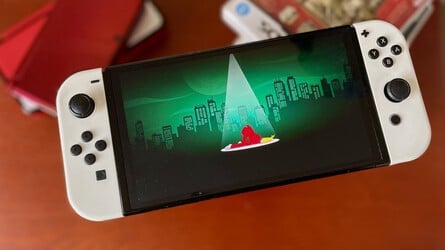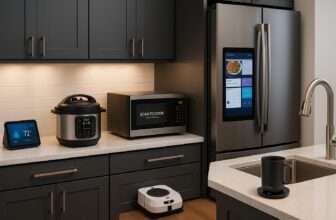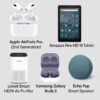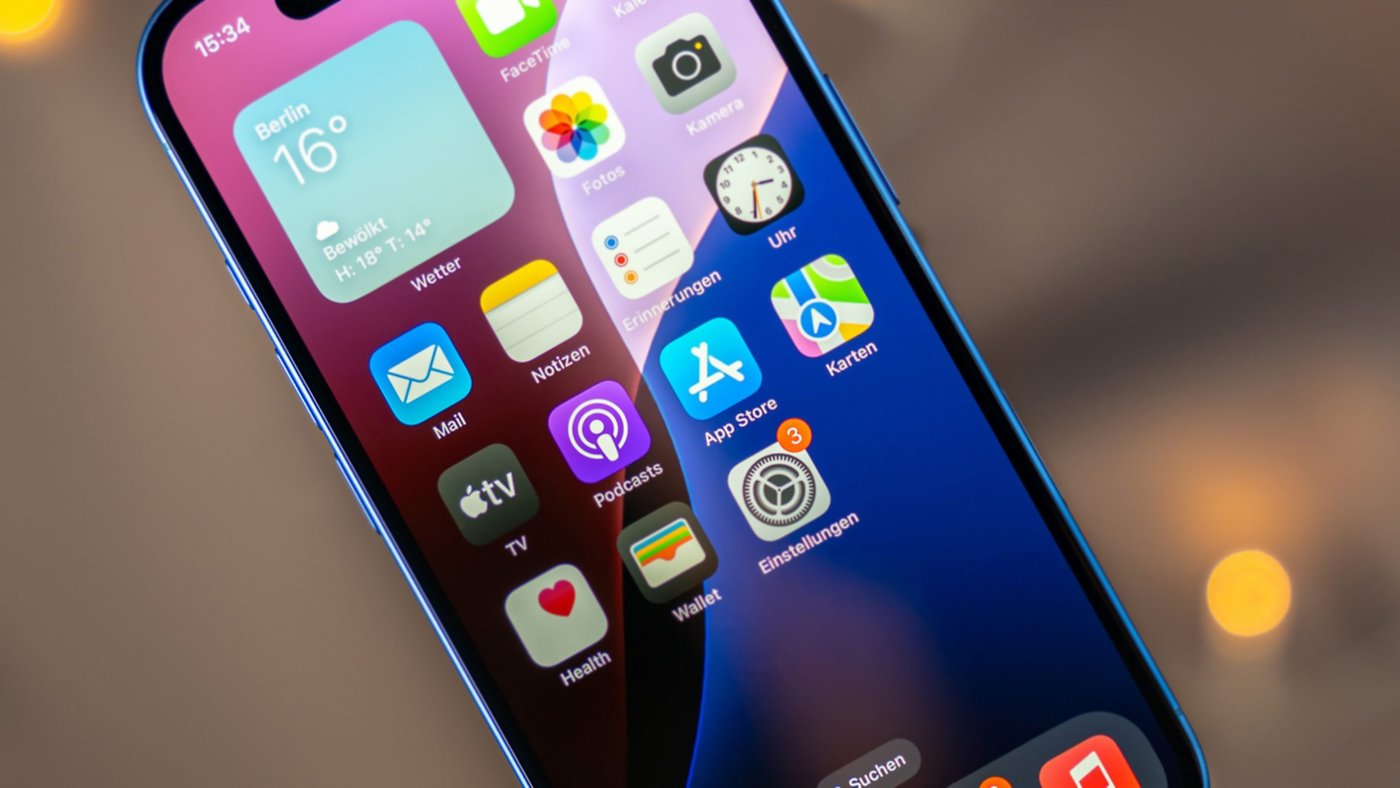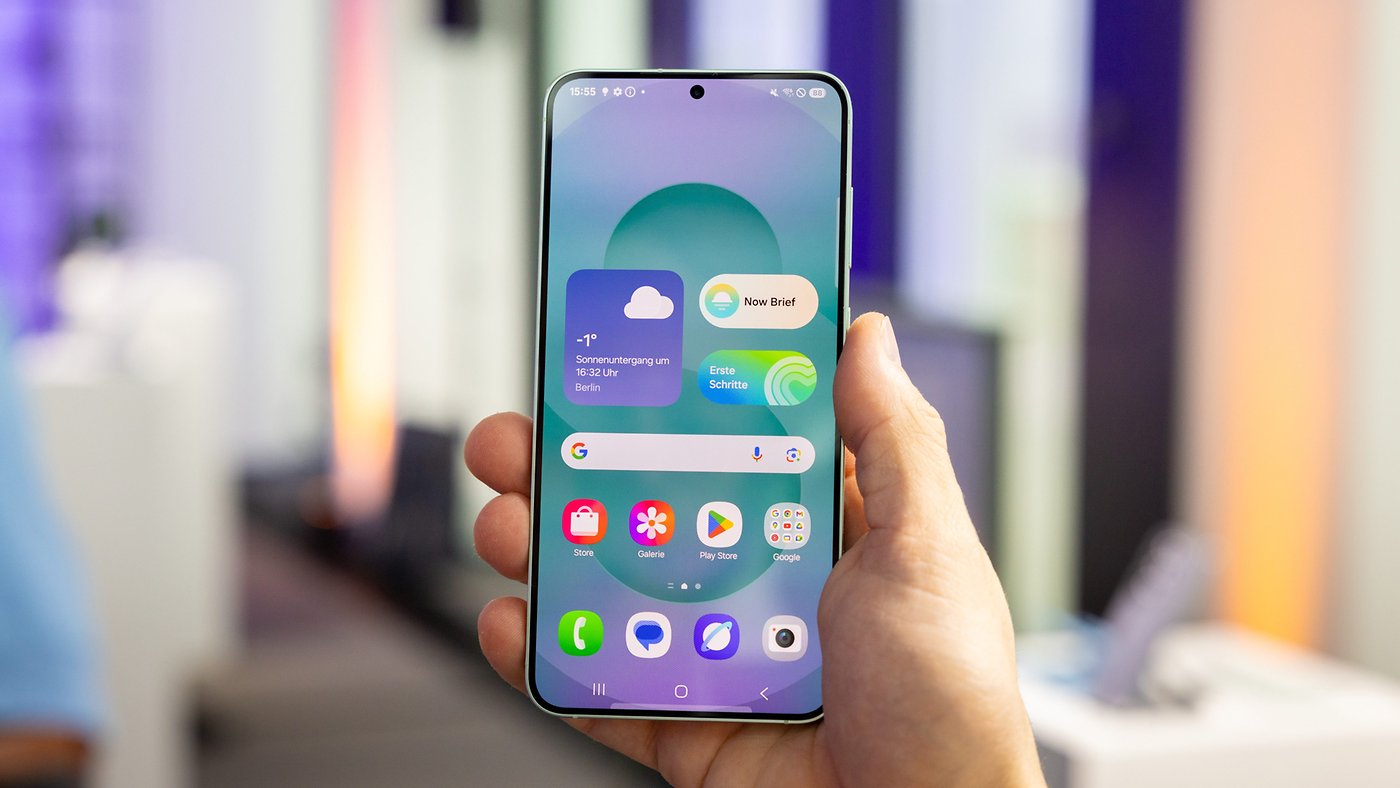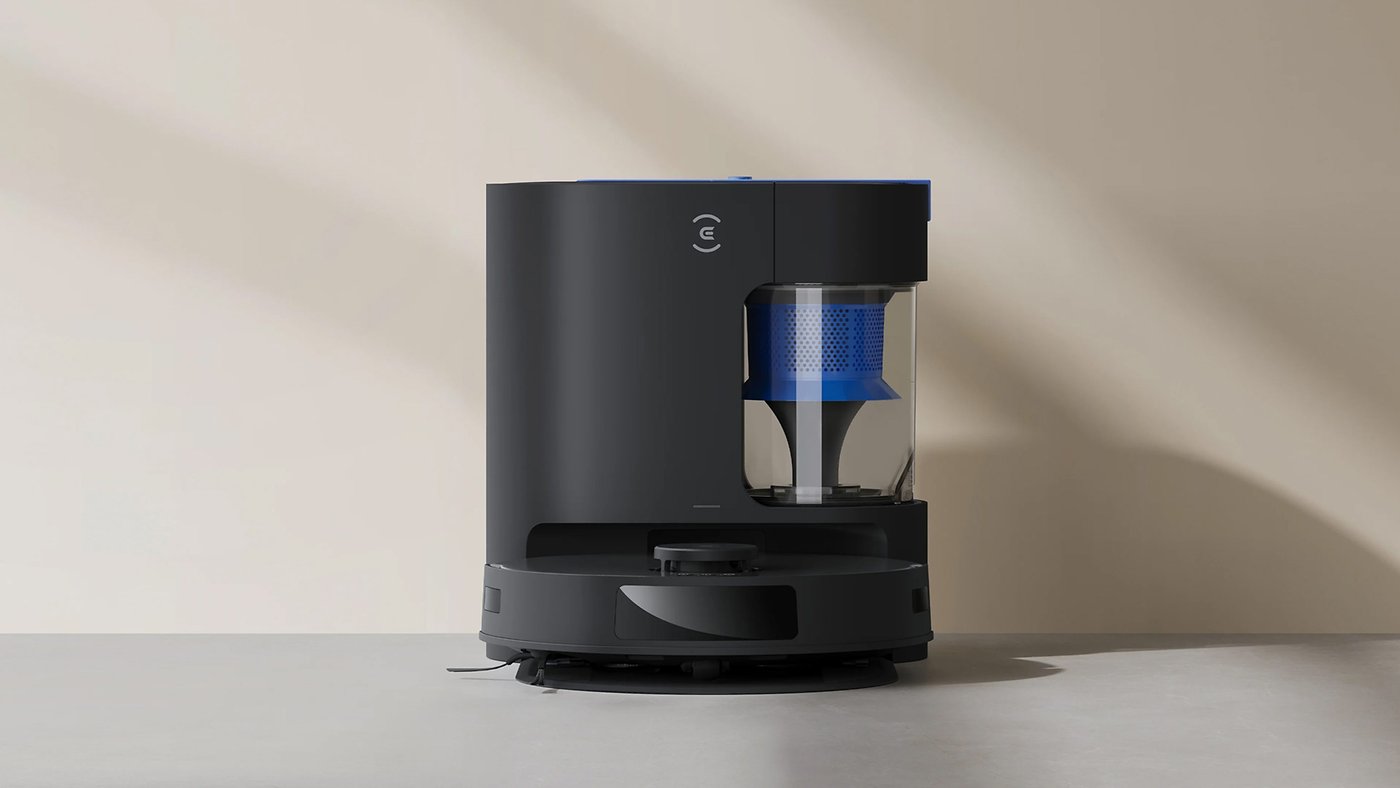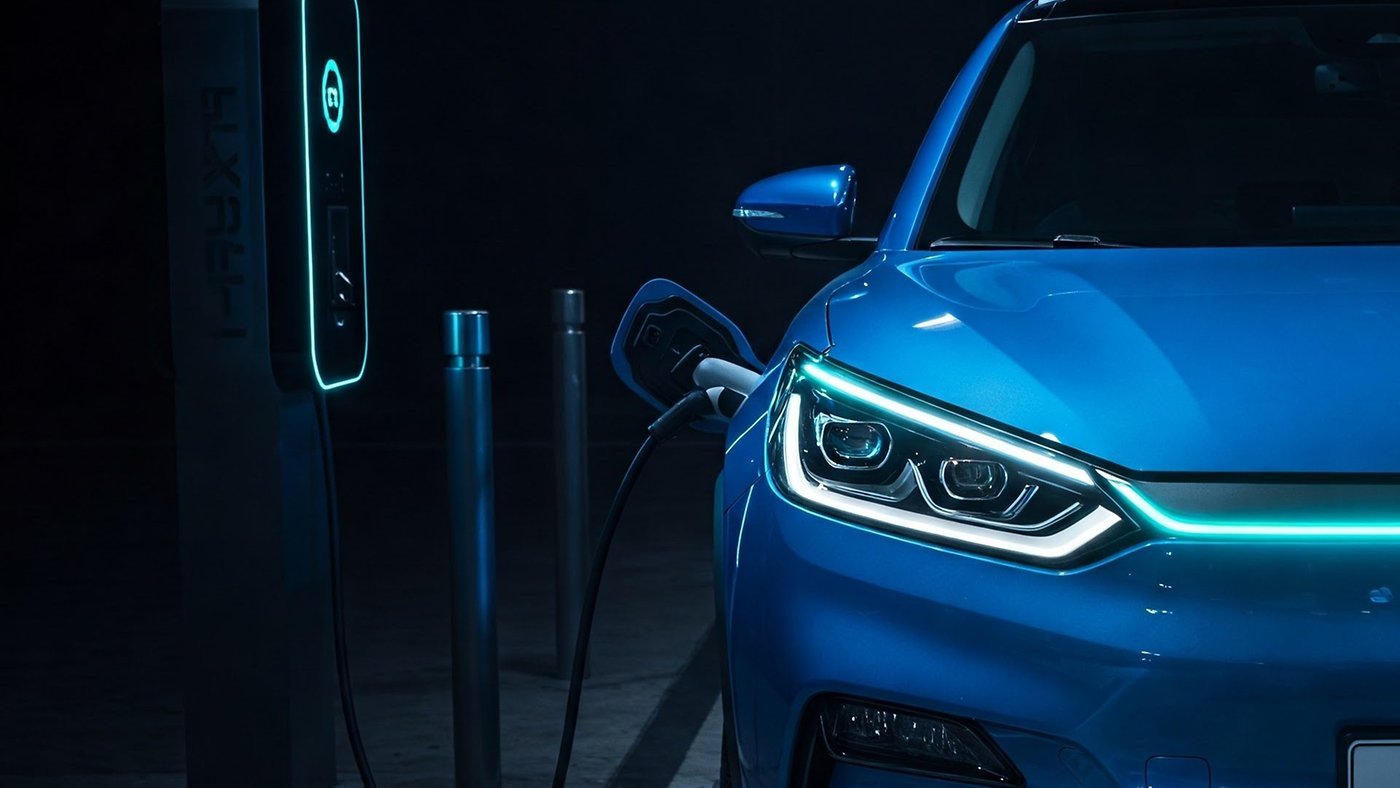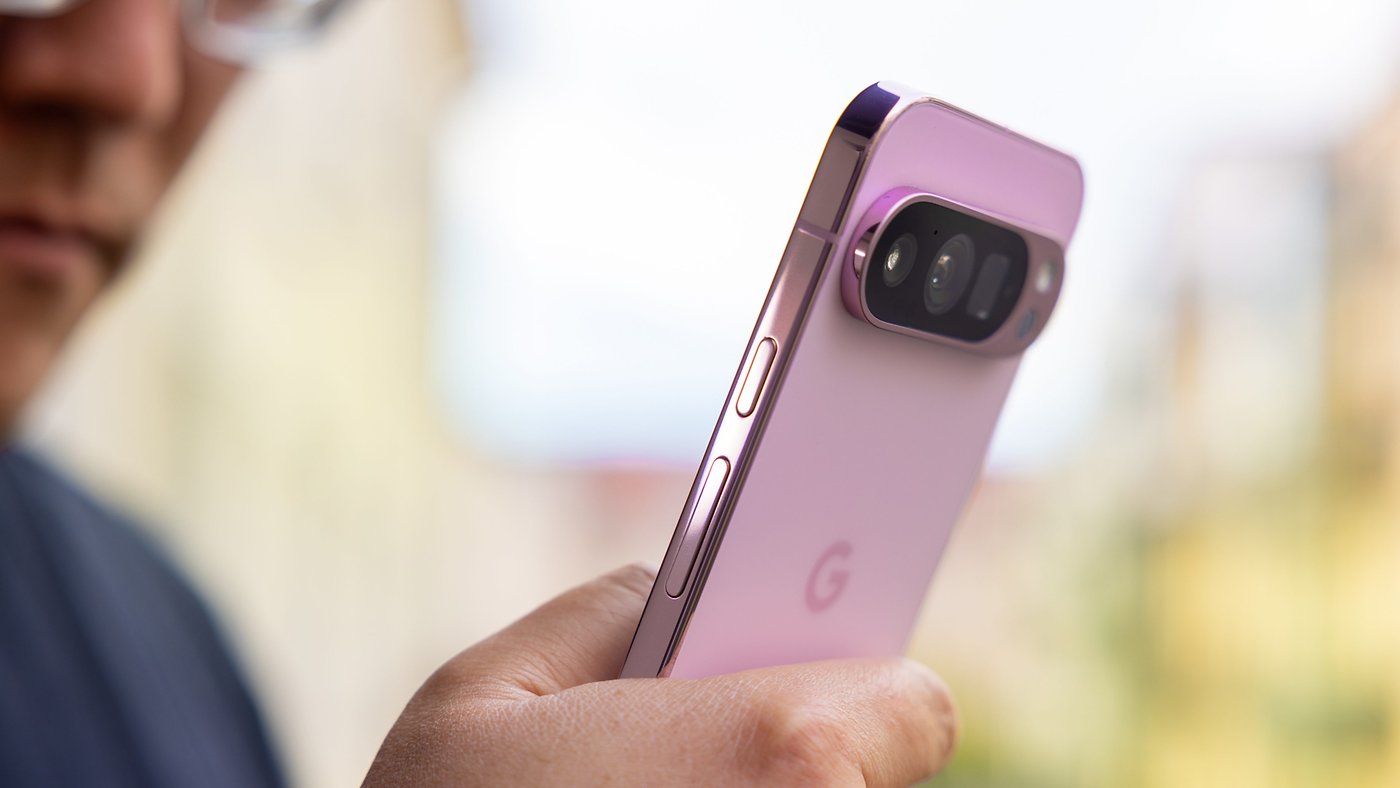
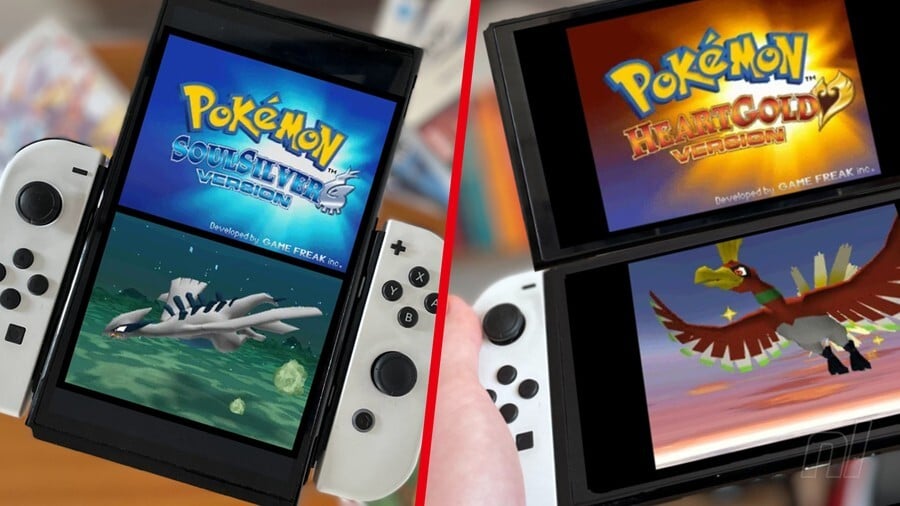
This week saw the Nintendo DS turn 20. Naturally, such an anniversary has got us thinking about the unstoppable passage of time delightful dual-screen once again, and more than a few of us have dusted off our old clamshells for a quick blast through some of our favourites.
But, being the needy gamers that we are, ever desperate to pay £50 for a quick hit of nostalgia, the week’s replays have reminded us just how many classic titles are still trapped on the handheld of days gone by. The original Professor Layton trilogy, Rhythm Heaven, Phantom Hourglass and Spirit Tracks, a boatload of Mario & Luigi RPGs, the list of DS-locked titles goes on. Heck, even Nintendogs is stuck on the DS, and that was one popular puppy!
Of course, the reason why so many of these beloved classics have been left on the ol’ Developer System is because of that pesky form factor. A lot of DS games were, unsurprisingly, designed for the DS. That means two screens, precise touch controls, a microphone, and a handful of other features ranging from useful to downright essential for play. And, if you haven’t noticed yet, our faithful Switches can’t deliver on all of them.
That’s not to say developers haven’t tried. The Switch has hosted a handful of excellent DS ports to great success, but it’s still a comparatively small number of significant titles compared to, say, the Wii U library (which poses an easier porting problem thanks to how infrequently the GamePad was actually used, but you get our point).
The DS ports that have made it over have tackled the central dual-screen dilemma in a variety of ways. Ghost Trick: Phantom Detective squeezed the action onto one panel and substituted the touch controls for more accurate analogue stick inputs. Pokémon Mystery Dungeon: Rescue Team DX relegated the upper screen map to an in-game menu and your team’s statuses to the top corner. Castlevania Dominus Collection came with a host of different display options so you could enlarge/shrink screens to your liking. Rune Factory 3 Special did… nothing, really.
Look, the Switch has made a good stab at the DS games it has managed to attract… but surely ‘Switch 2’ can do it better.
A few weeks back, we saw a YouTube Short from @BigShirtGames where he was running DS games on a Switch in ‘Tate Mode‘ — remember that portrait functionality that the Switch has used all of… two times [Shmup fans gonna be gunning for you, Jimbo – Ed.] — with his Joy-Con attached via a Flip Grip.
It, admittedly, required a hacked Switch running an emulator and a good helping of accessories, but we couldn’t help but wipe the drool from our chins as we watched the two screens reimagined on a single OLED with touchscreen capabilities. Mmmm, pixels.
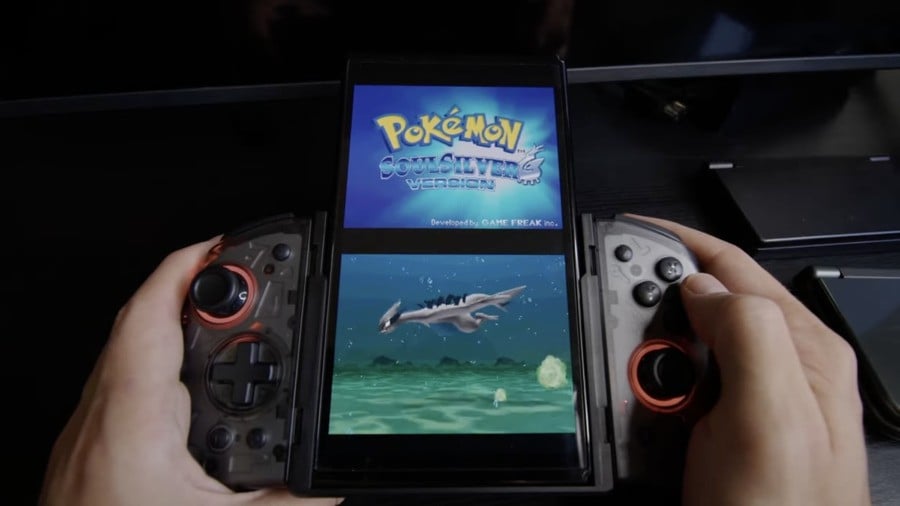
Since seeing it in action, it feels like a no-brainer feature for ‘Switch 2’. Give us the ability to whack our magnetic Joy-Con on the X-axis, stick a mic on it somewhere, stick a good handful of DS games in a console-specific NSO library, and you’ve got the attention of the dual-screen generation — and possibly a tasty sales influx — without even a whiff of a new 3D Mario.
While we’re spitballing, what if there was a way to tether your old Switch screen to your swanky new one and totally replicate the classic dual-screen approach in the process? What if that’s the true purpose for the mysterious USB-C port on the top of those supposed ‘Switch 2’ designs we saw a few months back? Nintendo wants to hit multiple Switches in every household, and we struggle to think of a more surefire way to ensure that multiple screens stick around than the promise of a new way to play Kid Icarus: Uprising. Just us? Possibly, but imagine it!

This week saw the Nintendo DS turn 20. Naturally, such an anniversary has got us thinking about the unstoppable passage of time delightful dual-screen once again, and more than a few of us have dusted off our old clamshells for a quick blast through some of our favourites.
But, being the needy gamers that we are, ever desperate to pay £50 for a quick hit of nostalgia, the week's replays have reminded us just how many classic titles are still trapped on the handheld of days gone by. The original Professor Layton trilogy, Rhythm Heaven, Phantom Hourglass and Spirit Tracks, a boatload of Mario & Luigi RPGs, the list of DS-locked titles goes on. Heck, even Nintendogs is stuck on the DS, and that was one popular puppy!
Of course, the reason why so many of these beloved classics have been left on the ol' Developer System is because of that pesky form factor. A lot of DS games were, unsurprisingly, designed for the DS. That means two screens, precise touch controls, a microphone, and a handful of other features ranging from useful to downright essential for play. And, if you haven't noticed yet, our faithful Switches can't deliver on all of them.
That's not to say developers haven't tried. The Switch has hosted a handful of excellent DS ports to great success, but it's still a comparatively small number of significant titles compared to, say, the Wii U library (which poses an easier porting problem thanks to how infrequently the GamePad was actually used, but you get our point).
The DS ports that have made it over have tackled the central dual-screen dilemma in a variety of ways. Ghost Trick: Phantom Detective squeezed the action onto one panel and substituted the touch controls for more accurate analogue stick inputs. Pokémon Mystery Dungeon: Rescue Team DX relegated the upper screen map to an in-game menu and your team's statuses to the top corner. Castlevania Dominus Collection came with a host of different display options so you could enlarge/shrink screens to your liking. Rune Factory 3 Special did... nothing, really.
Look, the Switch has made a good stab at the DS games it has managed to attract... but surely 'Switch 2' can do it better.
A few weeks back, we saw a YouTube Short from @BigShirtGames where he was running DS games on a Switch in 'Tate Mode' — remember that portrait functionality that the Switch has used all of... two times [Shmup fans gonna be gunning for you, Jimbo - Ed.] — with his Joy-Con attached via a Flip Grip.
It, admittedly, required a hacked Switch running an emulator and a good helping of accessories, but we couldn't help but wipe the drool from our chins as we watched the two screens reimagined on a single OLED with touchscreen capabilities. Mmmm, pixels.

Since seeing it in action, it feels like a no-brainer feature for 'Switch 2'. Give us the ability to whack our magnetic Joy-Con on the X-axis, stick a mic on it somewhere, stick a good handful of DS games in a console-specific NSO library, and you've got the attention of the dual-screen generation — and possibly a tasty sales influx — without even a whiff of a new 3D Mario.
While we're spitballing, what if there was a way to tether your old Switch screen to your swanky new one and totally replicate the classic dual-screen approach in the process? What if that's the true purpose for the mysterious USB-C port on the top of those supposed 'Switch 2' designs we saw a few months back? Nintendo wants to hit multiple Switches in every household, and we struggle to think of a more surefire way to ensure that multiple screens stick around than the promise of a new way to play Kid Icarus: Uprising. Just us? Possibly, but imagine it!
Or how about bringing back the old Wii U approach to the DS Virtual Console? There's no way that 'Switch 2' is ditching the hybrid model, but some way to play simultaneously on the TV and in handheld à la the GamePad doesn't feel like too much of a stretch. It's perhaps not the most elegant workaround — especially if it limited DS games to TV play only — but hey, it's another option.
But this is a Talking Point! We don't want to just shout our ideas into the void without hearing thoughts from you, our lovely readers. So, what would be your ideal way to play DS games on 'Switch 2'? Is it one of the approaches we've suggested above, or do you have a different idea altogether?
You can let us know by filling in the following poll and then taking to the comments to share your dual-screen dreams.

